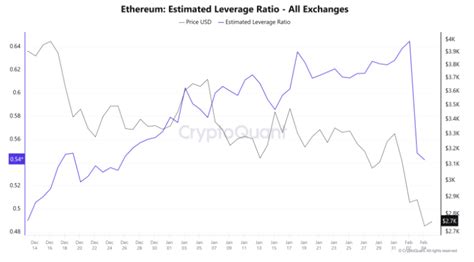Ethereum: Understand the multiple blockchains
As a beginner, it is natural to have questions about the different blockchain technologies available. One of the most ill-understood concepts is the idea of ”blockchains” and their many implementations through different cryptocurrencies.
In this article, we will immerse ourselves in the world of Ethereum blockchains and explore what makes them unique.
What is a blockchain?
A blockchain is a great decentralized and distributed book technology which allows several parts to record and verify transactions in a secure and transparent manner. This is called a “blockchain” because each block of the chain contains a series of transactions (or blocks) which are linked together using cryptography.
Several blockchains: why several?
The term “blockchain” is often associated with Bitcoin, but it is not unique to this cryptocurrency. Ethereum has introduced its own blockchain technology, which allows the creation of various decentralized applications (DAPP).
Types of Ethereum Blockchain
There are several types of blockchains used by different cryptocurrencies and DAPPs:
- Bitcoin Blockchain

: The first and most known, created by Satoshi Nakamoto in 2009.
- Ethereum Blockchain : Launched by Vitalik Buterin in 2015, Ethereum’s blockchain is designed to support the creation of decentralized applications (DAPP) using its native, Ether (ETH) cryptocurrency.
- Ripple Blockchain : Developed by Ripple Labs, this blockchain uses an algorithm of proprietary consensus and is mainly used for rapid and secure cross -border payments.
- Polkadot Blockchain : A decentralized platform that allows interoperability between different blockchains, allowing the creation of new DAPPs and services.
Why Ethereum?
Ethereum was created as a complete Turing language, allowing the development of complex intelligent contracts and decentralized applications (DAPP). The design of the blockchain allows:
* Decentralized governance : decision -making is distributed between network nodes, which makes the chain handling difficult.
* Immuble history : All transactions are recorded on the blockchain, creating an immutable recording of all events.
* Functionality of the intelligent contract : The Ethereum virtual machine (EVM) allows the creation of self-executed contracts with specific rules and conditions.
Conclusion
In conclusion, although there can be several blockchains used by different cryptocurrencies and DAPP, Ethereum is a unique case in that its blockchain technology supports the creation of decentralized applications (DAPP) using its native cryptocurrency , Ether (eth). The design of Ethereum blockchain allows a complex functionality of intelligent contracts, secure governance and transparent history, making it an attractive choice for developers and users.
While you continue to learn more about blockchain technologies, keep in mind that each implementation has its own strengths and weaknesses. It is essential to understand the specific use case and the requirements of each blockchain to make informed decisions.
Resources
- Ethereum White Lipper: [
- Documentation Ethereum: [
- Bitcoin Whitepaper: [ dom (
I hope this article has provided a clear understanding of Ethereum blockchains and their various implementations. If you have any other questions or subjects that you want to explore, do not hesitate to ask!